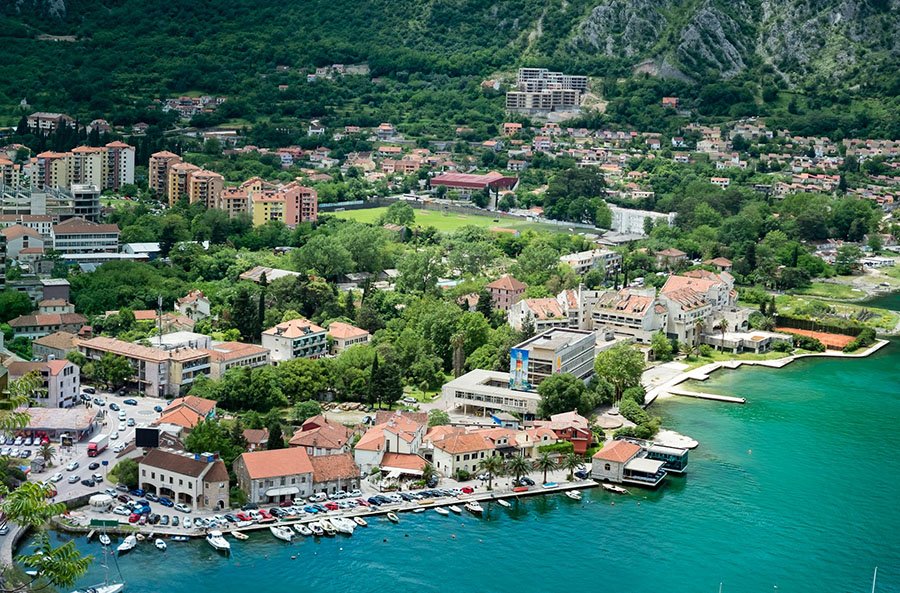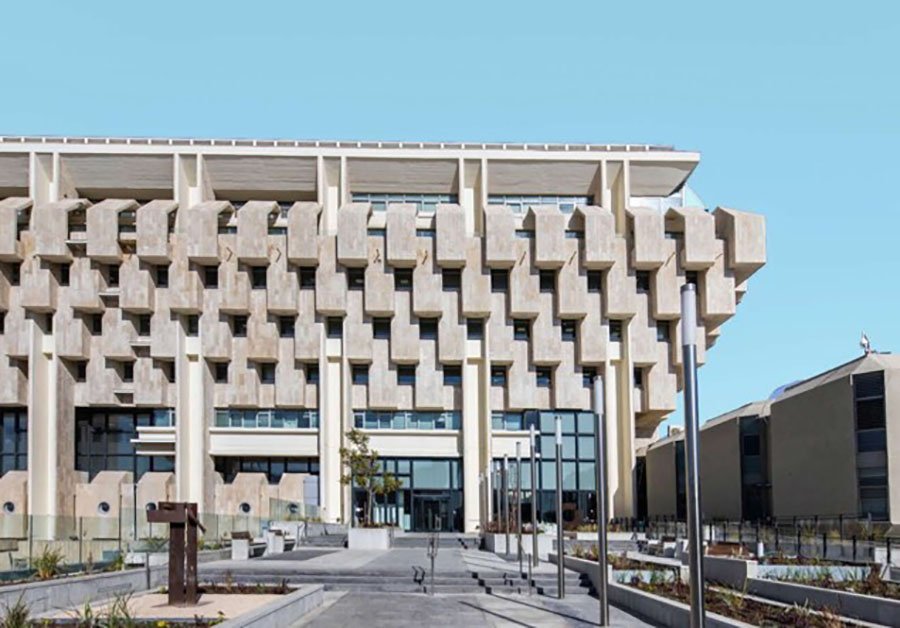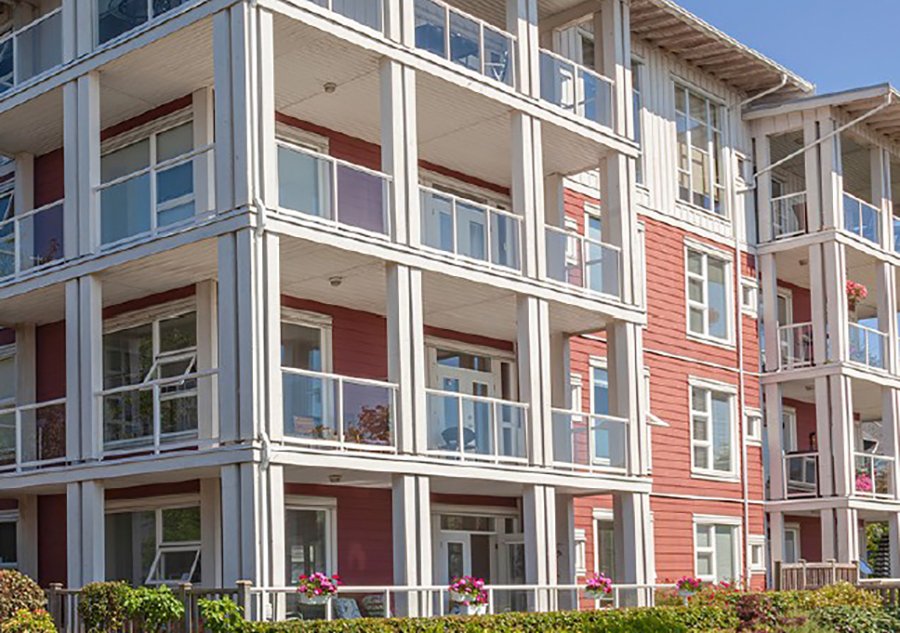читайте также
 Montenegro will introduce visas for Russians at the end of September 2026
Montenegro will introduce visas for Russians at the end of September 2026
 Tourists Are Damaging Tropical Cities: PATA Calls for Urgent Action
Tourists Are Damaging Tropical Cities: PATA Calls for Urgent Action
 Deadly Storms, Blizzards, and Tornadoes Slam the U.S. — How Millions Can Survive the Thanksgiving Weather Disaster
Deadly Storms, Blizzards, and Tornadoes Slam the U.S. — How Millions Can Survive the Thanksgiving Weather Disaster
 Bank of Israel Cuts Interest Rate to 4.25%: What Stands Behind the Regulator’s Decision
Bank of Israel Cuts Interest Rate to 4.25%: What Stands Behind the Regulator’s Decision
 US Aviation Chaos: 58 Cancellations and 2,674 Delays Hit Major Hubs as Thousands of Passengers Are Stranded
US Aviation Chaos: 58 Cancellations and 2,674 Delays Hit Major Hubs as Thousands of Passengers Are Stranded
 New priorities in the U.S. real estate market: from senior housing to data centers
New priorities in the U.S. real estate market: from senior housing to data centers
Housing Market in Tel Aviv 2025: Falling Prices and Declining Investor Activity

Photo: Unsplash
Tel Aviv’s housing market is experiencing the most notable downturn in recent years: according to Walla Finance, apartment prices in the city have fallen by 6.13% over seven months, while real losses adjusted for inflation reached 8.4%. At the same time, inventories of unsold apartments continue to grow, migration outflow is increasing, and investor activity is declining — a combination of factors pointing to a structural cooling of the market.
How Much Housing Costs
An apartment valued at around 10 million shekels ($3.05 million) at the start of the year has lost approximately 613,000 shekels ($188,000), and up to 840,000 shekels ($257,000) in real terms. For a market that had long shown continuous growth, this trend signals a shift in cycle. Supply is growing faster than demand, the migration balance has turned negative, and buyers are acting more cautiously — these are the key forces shaping the current situation.
Analysts at Nadlan Center report that in the third quarter of 2025 the average price of a four-room apartment decreased to 4.3 million shekels ($1.316 million), a 15.5% drop compared to the same period in 2024. Five-room apartments fell by 21%, to 5.18 million shekels ($1.585 million). Even the most in-demand three-room apartments declined by 4.3%, to 3.516 million shekels ($1.076 million). Across the entire Tel Aviv District, the average price of a four-room apartment fell by 7.6% to 3.275 million shekels ($1.003 million).
According to Sands of Wealth, the average price per square meter in Tel Aviv in September 2025 stood between 59,200–62,200 shekels ($16,000–18,500). The price of four-room apartments ranges from 4.1–4.5 million shekels ($1.1–1.25 million). Compared to the peak values of March 2024, the market has gone through a significant correction: depending on the property type, the decline is estimated at 8–18%.
Reasons for the Decline
The main factor is a sharp increase in supply. The Israel Land Authority has released a significant volume of land for development, while the former Sde Dov airfield in the north of the city has turned into one of the largest construction clusters in recent years. Dozens of projects are being launched simultaneously on this site, rapidly increasing the amount of housing entering the market.
Competition between developers is intensifying, and prices are declining both in new neighborhoods and in the secondary market. By the end of September, the number of unsold apartments nationwide reached around 83,920 units — a figure rarely recorded in the past. A substantial share of this inventory is concentrated in Tel Aviv, where construction has accelerated particularly quickly over the past two years.
The demographic situation also plays a role. Over three years, 24,718 people left the city, while only 7,748 returned. The net migration loss amounted to 16,970 residents. Population decline reduces potential housing demand, especially for large family apartments that previously accounted for a notable share of transactions.
Real Estate Investment
In September, 1,191 purchases were recorded for investment purposes — about 15% fewer than a year earlier. With high mortgage costs and elevated financial risks, buyers are less inclined to enter transactions, apartments stay on the market longer, and the number of properties with prolonged vacancy is growing. Despite this, Tel Aviv remains one of the most expensive markets in the world. Rental yields remain moderate: 3.1–3.2% gross, and about 1.5–2% net.
By the end of 2025, prices are expected to stabilize as the market absorbs high interest rates and abundant supply. In 2026 and beyond, a moderate recovery of 3–7% annually is likely, assuming limited land availability and stable demand from foreign buyers. However, macroeconomic and geopolitical developments may adjust the trajectory.
Analysts at International Investment note that the entry threshold for Israel’s real estate market is extremely high: investments require significant capital, while profitability remains minimal. The risk of negative returns is substantial, especially in the case of prolonged vacancy. Against this backdrop, many Israeli investors prefer foreign real estate markets, where the cost-to-yield ratio is far more attractive. Interest in Georgia is rising, especially in branded luxury hotels offering guaranteed returns starting from 10% and reaching up to 19%.





